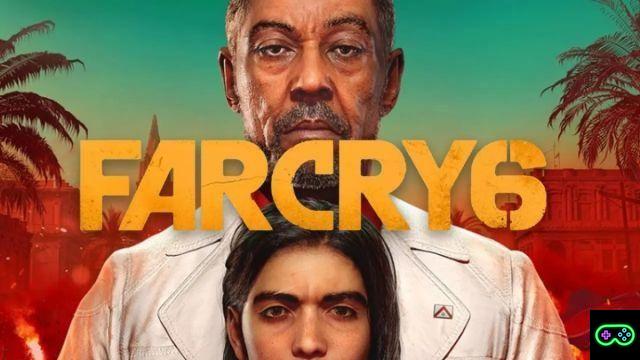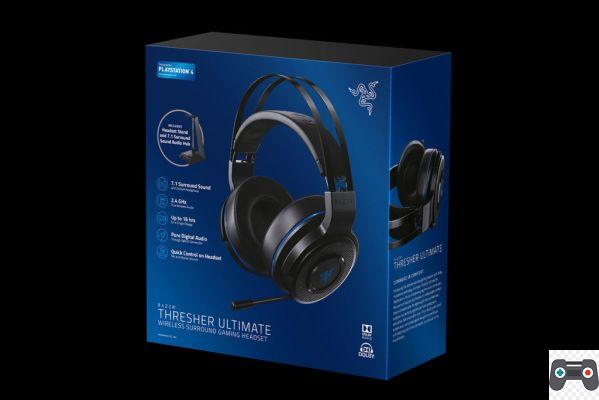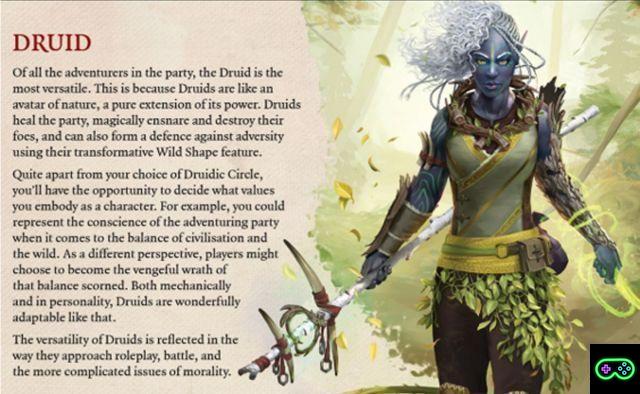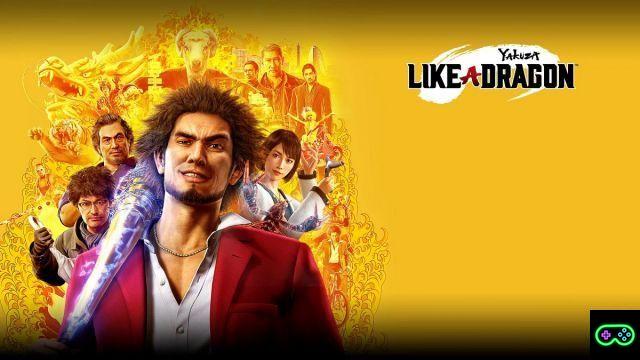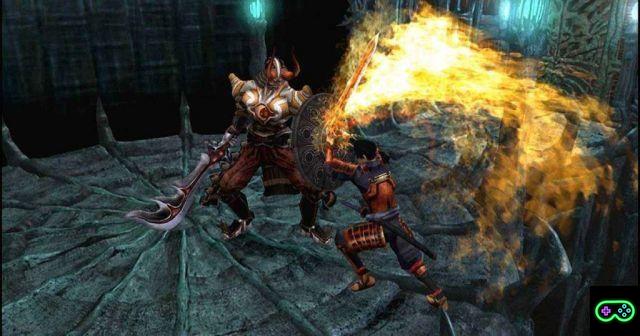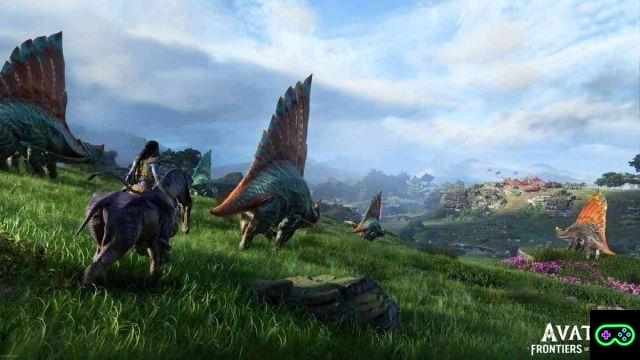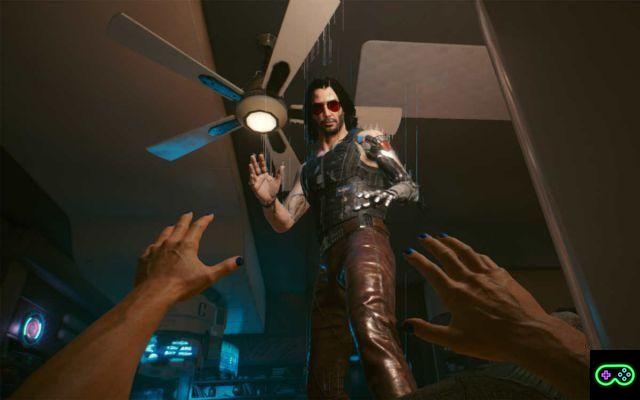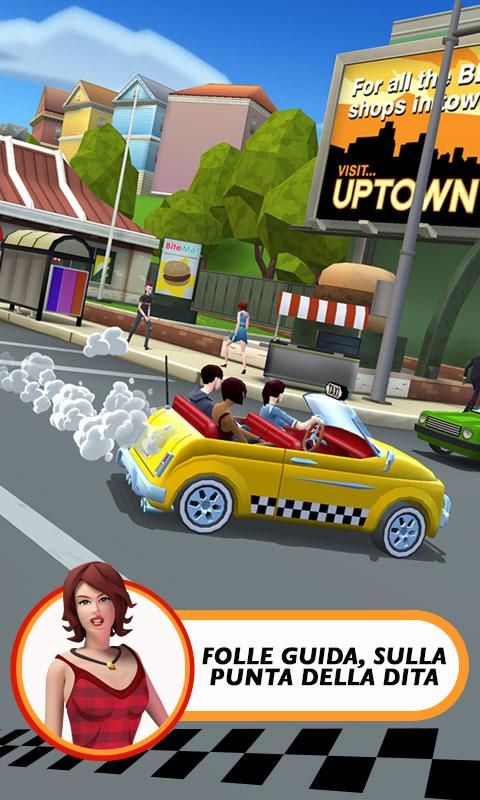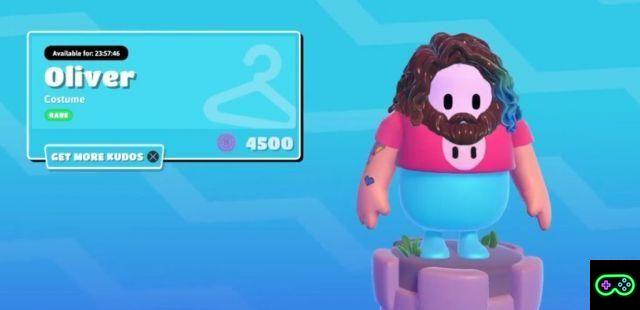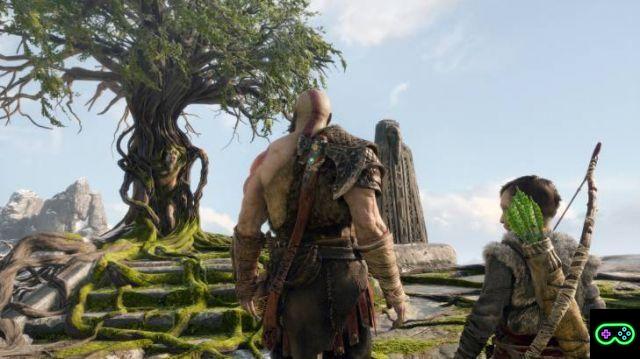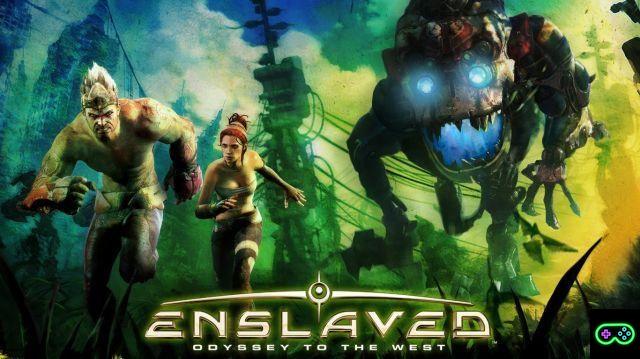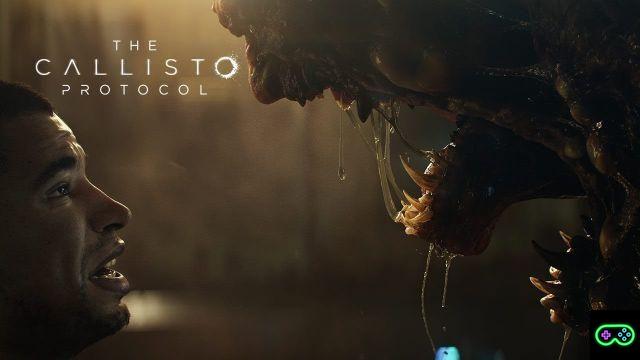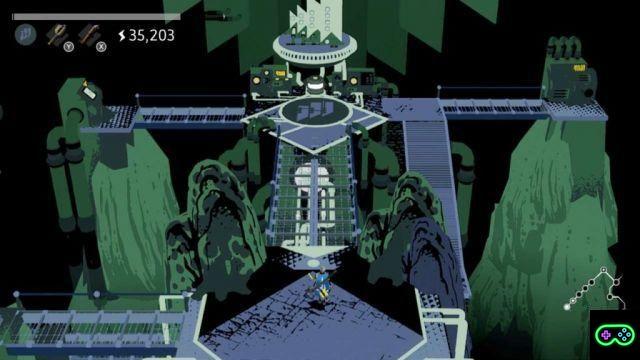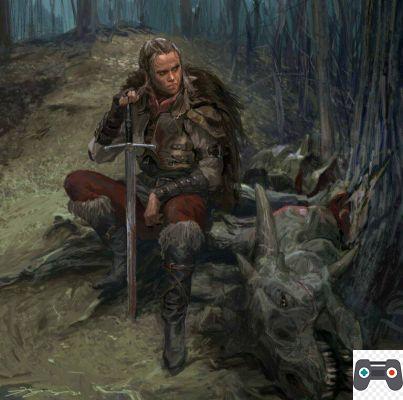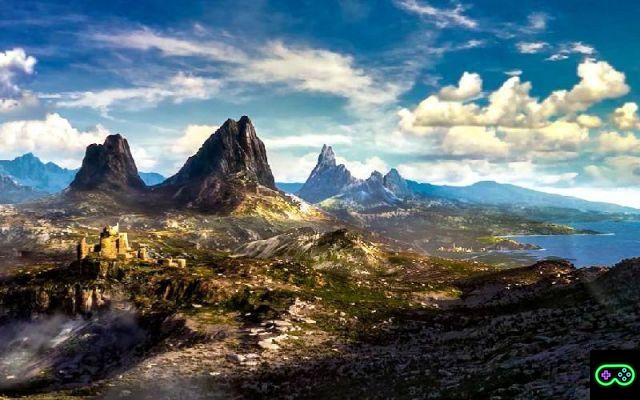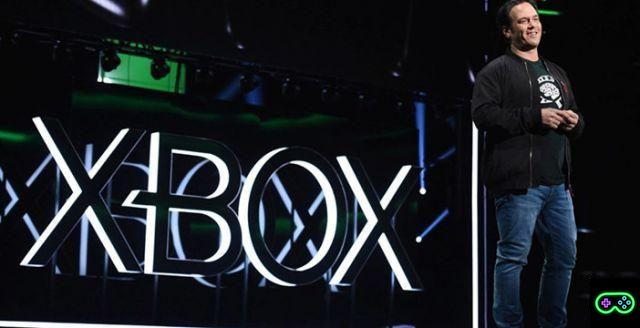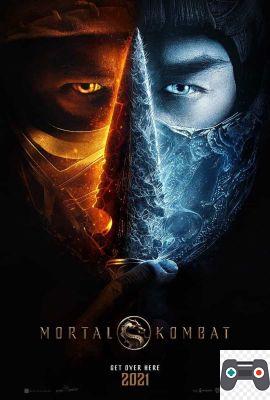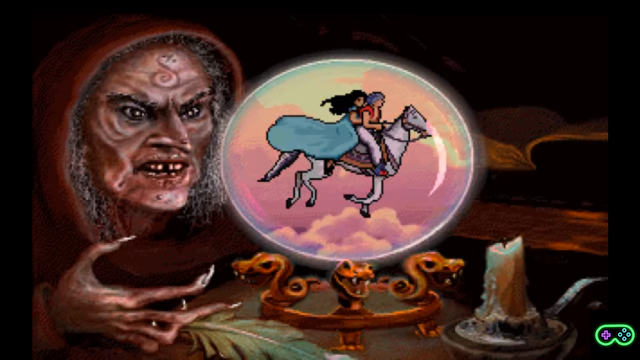Onimusha 2: Samurai's Destiny is the second chapter of one of the most fascinating sagas ever to appear on consoles. Developed by Capcom and released in 2002 on Playstation 2, the title sees us impersonate the brave samurai Jubei Yagyu struggling with the tough fight against the forces of evil led by the number one villain of the saga, Nobunaga Oda.
The Onimusha series has been abandoned for several years by the Japanese software house that has focused more on resident evil. If you exclude the remaster of the first chapter, Warlords, of which you can read the our review, the fate of Onimusha is very similar to that of another cult saga of Capcom, Dino crisis, even if that remastered version could be a good way to see a whole new chapter. At least that's what we hope for.
Onimusha 2 is by many the most appreciated episode because it improves throughout Warlords without distorting its original structure, as happened in demon wins, with the introduction of the French guest star Jean Reno among the protagonists, and above all Dawn of Dreams, the fourth episode that adds role-playing elements to the adventure.
Let's rediscover Onimusha 2: Samurai's Destiny together.
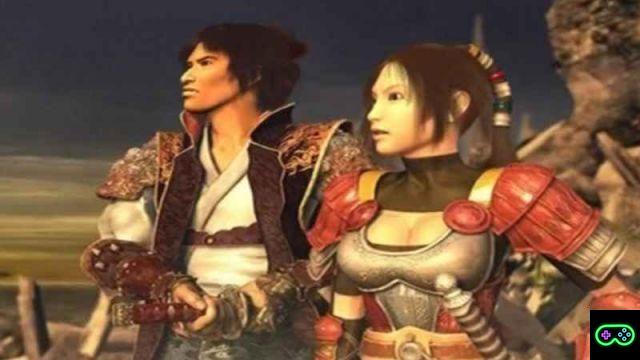
If you missed the previous articles dedicated to retrogaming you can easily find them all at this link. You will find Final Fantasy, Resident Evil, Silent Hill and many other goodies collected just for you!
Onimusha 2: The Samurai's Revenge
We are again struggling with the demoni Genma who, after losing the leadership of Fortinbras, the villain we defeated as Samanosuke in the first chapter, return to set fire to a feudal era Japan revisited for the occasion. This time they are headed by Nobunaga Ode, the iconic villain of the saga - by the way, a character who is truly part of the Japanese history of that era - who aims to conquer the country thanks to his ruthless demonic arts.
The infernal army destroys even small villages and takes victims at every step. Among these villages is also Yagyu becoming an expanse of blood and despair - the cutscene showing the entire siege is still one of my favorite in-game cutscenes of all time. The only survivor is Jubei who, at the moment of the cowardly attack, was not present. Returning home and finding the camp on fire, he promises to avenge the people on him. He is attacked by some Genma still in place - and this is where the real game begins - and realizes that he will have to fight against something very powerful.
During the early stages of the game, we go in search of a female voice that echoes and invokes us - JUBEEEIII - and, having found the source, the protagonist is greeted by a woman named Takajo who reveals to him that she is an oni - a supernatural creature of Japanese folklore - and his mother. This means that Jubei also has the huge inside power oni. It also becomes aware of the existence of five spheres created to protect men from demons. To him the task of recovering them to defeat Nobunaga (here the analogy with the seven dragon balls).
We set off on an adventure of honor and revenge.
(movie credits: Bruno Rabasquinho)
Strength of the elements as an ally
Onimusha 2 is the chapter that started me in the saga, in fact, I recovered Warlords only after the third chapter. I was already used to historical Capcom sagas, having loved the classics resident evil, played with transport i Dino crisis and madly adored the first chapter of devil may cry. Onimusha 2 seemed to me from the very beginning the perfect game for a Resident Evil and DMC fan, because it mixed the directorial and playful techniques of the first (fixed camera, pre-rendered settings, use of maps to heal) with the stylistic ones of the second. .
Its gameplay almost acted as a connecting link: more action than RE, but less frenetic and tamarro of Dante's game. What inspired me wonder was accuracy in creating a game world consistent with the era described, even if in a fantasy key. The look of the characters, the music, dubbing - at times excessively theatrical and exaggerated - the interiors of the houses of the villages, every single object of the scenario exuded the Rising Sun and the Middle Ages.
The contents drawn from the fantasy completed the work, without invading it in a harassing way. Onimusha 2 presented itself in every moment as a action with magical and folkloristic elements and never as a pure fantasy with sketchy historical and mythological references.
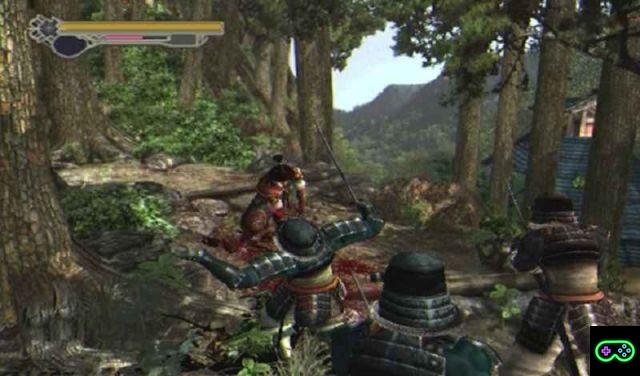
One of the best and best implemented mechanics in the Onimusha 2 combat system lay in the strength of the elements infused into the main weapons of the game. These had a standard attack and a magical attack that released the fury of the associated element. My favorite weapon was Buraitou, the katana with the power of lightning, but they were no less Hyoujin-Yari, a spear with the power of ice, Senpumaru, a double-bladed weapon capable of recalling very strong gusts of wind, Dokoutsui, a very heavy hammer capable of triggering earthquakes, e Rekka-Ken, the greatsword of fire.
Combos, assisted by the force of the elements, could become devastating, especially after upgrading weapons. In Onimusha 2, in fact, it was possible to improve weapons and armor with the blind, souls released by the defeated demons and that Jubei was able to assimilate thanks to a glove. The orbs were of four colors, each with its own function: red those that can be spent at the rescue mirrors to upgrade weapons, Detective stories curative ones, blu which restored the MPs and violet, larger and more difficult to absorb. Collected a number of these purple spheres, Jubei turned into Onimusha, an oni warrior of unimaginable power.
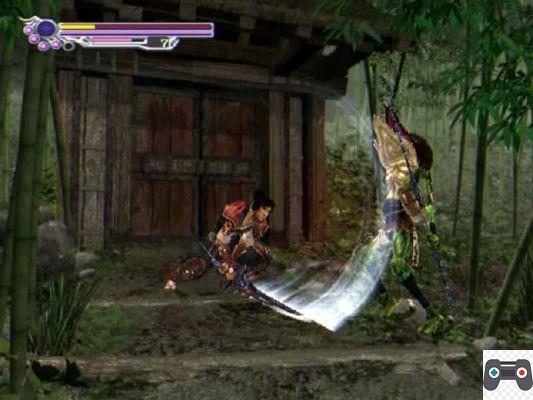
Do ut des
Between one dungeon - let's call them that - and another there were more quiet and relaxing sections. During the course of the adventure, Jubei meets other playable characters with whom he forms an alliance: ekei, the bald master of spears addicted to drunkenness, Magoichi, leader of the Saiga Shu clan and skilled marksman, the young and irreverent ninja Kotaro and the beautiful vote, Nobunaga's sister determined to stop her brother's evil plans.
With these characters it was possible to increase the level of friendship by giving them gifts. In fact, in the dungeons, in addition to objects important for the mission, it was possible to find objects of common use such as ceramic vases, cups, Japanese history books and many other artifacts that had only one purpose: be swapped with other characters, who would then reciprocate by offering us other objects to exchange, medicines, arrows, bullets and many other useful things.
These exchanges took place in the village tavern main game, a serene place, where the Genma were hardly ever spotted. The peculiarity of this mechanic was that the gifts were more effective if linked to the passions and character of the character they wanted to offer. Ekei, for example, liked a lot wine bottles or other liqueurs, Oyu purely feminine objects such as jewel case o Jewelry.
These sessions intelligently broke up the action, offering absolutely essential moments of relaxation to better prepare for future clashes.
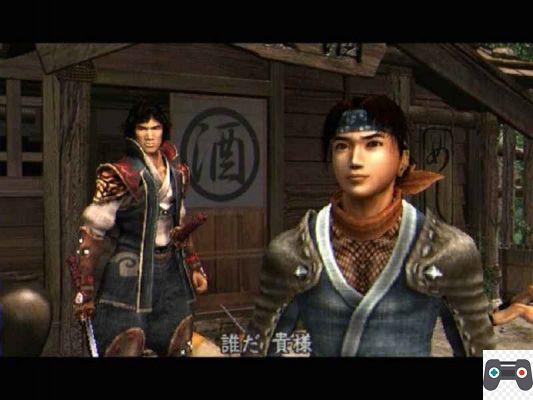
Onimusha 2: videogame show
Onimusha 2 is one of the best titles you could find on Playstation 2 and, personally, I think it is one of the best video games ever made. In one of my top ten video games of all time Onimusha 2 is present and is also in a high ranking position.
The Capcom title was artistically wonderful and still today it is fascinating to play, and not for the nostalgia filter that distorts reality, but for undoubted stylistic qualities and for an atmosphere that few other products set in feudal Japan have managed to transpose.
We look forward to it Ghost of Tsushima by Sucker Punch. Could he be the worthy heir to him?
Stay tuned, because an article dedicated to the Japanese mythology in the Onimusha saga.




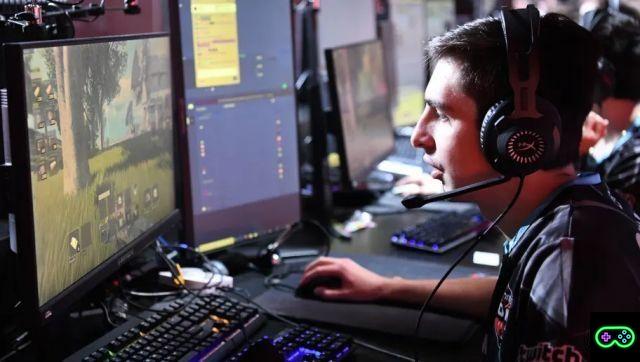
![[The Bear's Lair] God of War: Betrayal and Greek mythology](/images/posts/17432d3b12ecfec44b0b855d20c7520f-0.jpg)
